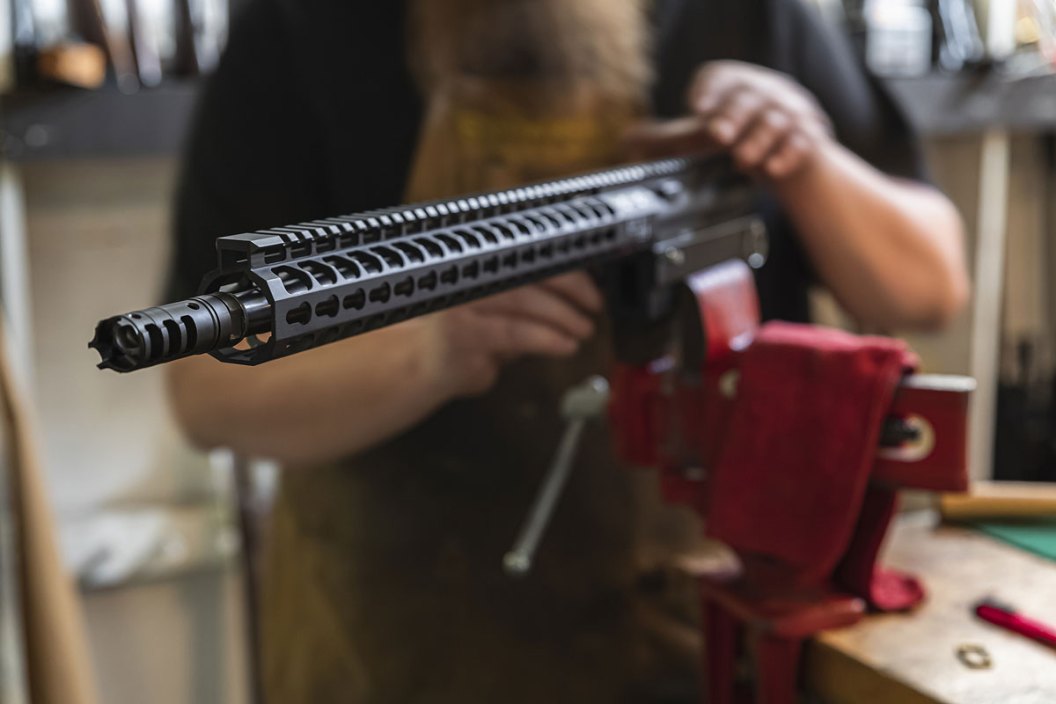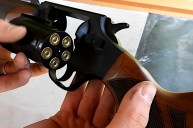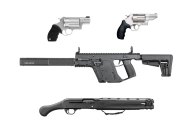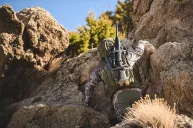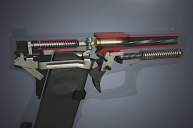You need to know how to evaluate a pre-owned firearm before buying one.
Sometimes a new gun to you is not fresh from the factory. There are great deals to be found (in normal times) on used firearms of all kinds, from hunting guns to retired service Glocks, but as usual, buyer beware.
There all kinds of specific red flags to look for in used handguns—both revolvers and semi-automatic pistols—just as there are with rifles and shotguns.
To accurately evaluate a used gun without a general base of gun knowledge is extremely difficult and you basically have to end up trusting the salesperson at your local gun shop or a private seller at a gun show a bit more than you'd want.
If you're buying guns online from a site like GunBroker.com, you have to read all the details and talk to the seller if possible. And make sure there is some kind of return and refund policy in case the gun isn't quite right when you go to pick it up at your FFL and start your background check.
Kick the tires.
If you do have the chance to handle a used gun before plunking down your money, there are a few basic things you can do. In a perfect world, you could get a trustworthy gunsmith to look it over just like you'd have a mechanic over a used car.
First off, give everything a visual once-over. Make sure everything lines up, that there's no surface damage or pitting in the finish. Inspect the barrel, muzzle and crown. A damaged crown can seriously impact accuracy. If there's a muzzle device on a threaded barrel, see if you can remove it and examine the very end of the barrel and the threads themselves. Inspect the bore and the rifling if it's a handgun or a rifle and look for any damage or pitting in a smoothbore.
If allowed, field-strip the gun and visually inspect everything for wear and irregularities. Look for any metal shavings or other signs something might not interacting correctly on the inside.
Try everything.
On a semi-auto, rack the slide, lock it open, make sure it locks open with an empty mag and see how it feels to release the slide with the slide lock and by slingshotting it. Feel and listen for any grit or any kind of hang-ups. If the current owner says it's OK, dry fire it and make sure the trigger works. If the gun has a manual or grip safety, make sure it functions correctly.
If you're looking at an old pump-action Mossberg 500, run the slide, make sure it's smooth, examine the bolt and make sure the slide release is easy to operate. Do the same for the manual safety.
On a bolt-action rifle, work the bolt, work the safety andexamine the stock and mounting locations for scope rings. If you're looking at a double-barrel or single-shot shotgun, open and close the action, pull the triggers and take it apart.
Look for mods and consider past use.
Pay special attention to anything that looks like aftermarket parts. While plenty of customized guns end up on the used market, there are also a lot of folks that retain the expensive aftermarket parts and put the gun as back to stock as possible before selling.
Remember, used guns come from all kinds of gun owners.
If something on the gun is stiff, it's entirely possible that it didn't see much range time, even if it's and older model. The previous owner may have kept it as a safe queen.
You will sometimes run across law enforcement trade-in guns that have work grips and surfaces from riding in holsters for thousands of hours, but depending on who was carrying it, it may have had a surprisingly low number of rounds through it.
Shoot it if you can.
Ideally, to properly test out a used gun, you should try to shoot it. Of course, that's not often a possibility, but if you're buying from a gun store that's attached to a firing range, it's absolutely worth asking. If you're serious about buying, they'll often accommodate.
What's most important when buying anything used, particularly a handgun, is a keen eye and a thorough evaluation. Make sure not to make a purchase without knowing exactly what it is you're getting.
NEXT: YETI'S HOPPER FLIP 18 SOFT COOLER IS AN ESSENTIAL AMONG OUTDOORSMEN
WATCH
